The RADiation hard Electron Monitor (RADEM) for the JUICE mission
- 1Laboratório de Instrumentação e Física Experimental de Partículas, Lisboa, Portugal
- 2Instituto Superior Técnico - Universidade de Lisboa, Lisboa, Portugal
- 3Paul Scherrer Institute, Villigen, Switzerland
The JUpiter ICy moons Explorer (JUICE) is the European Space Agency (ESA) next large class mission to the Jovian system. The mission, scheduled to launch in 2022, will investigate Jupiter and characterize its icy moons, Callisto, Europa and Ganymede for a period of 3.5 years after a 7.5-year cruise to the planet. JUICE is planned to flyby Europa and Callisto, perform a high latitude tour of the Jovian system, and finally, at the end of the mission, it will orbit Ganymede at different altitudes inside the moon’s intrinsic magnetosphere.
While radiation is one of the major threats for all Space missions, in the Jovian system this problem is exacerbated due to the existent of very large fluxes of energetic electrons, with energies up to dozens of MeV, which can damage and eventually destroy the spacecraft systems. The existence of this electron population, and to a lesser extent of a proton and heavy ion population, is a consequence of Jupiter’s huge magnetosphere which can accelerate these particles to energies higher than those found in other known planetary magnetospheres. Although the Galileo mission, and to a lesser extent the Cassini, Pioneer and Voyager missions have provided ample information about the radiation environment in the Jovian, several questions about particle origin, acceleration mechanisms, Jovian-Solar magnetosphere coupling, and overall dynamics of the system still need to be answered with implications in magnetospheric physics, astrobiology and others, as well as in development of future manned and unmanned missions to both the inner and outer Solar System.
For these reasons, the JUICE mission will include the RADiation hard Electron Monitor (RADEM), a low power, low mass radiation monitor, that will increase the range of long-term spectral measurements acquired by the Energetic Particle Detector (EPD) aboard the Galileo spacecraft, from 11 to 40 MeV for electrons and from 55 to 250 MeV for protons. RADEM consists of three detector heads based on traditional silicon stack detector technologies: the Electron Detector Head (EDH), the Proton Detector Head (PDH), and the Heavy Ion Detector Head (HIDH), that will measure electrons from 0.3 MeV to 40 MeV, protons from 5 MeV to 250 MeV and Heavy Ions from Helium to Oxygen with energies from 8 to 670 MeV, respectively. Because the detectors have limited Field-Of-View, a fourth detector, the Directionality Detector Head (DDH) will measure electron angular distributions which can vary greatly along the Jovian System as observed by the Galileo spacecraft.
Although RADEM is a housekeeping instrument that will provide in-situ Total Ionizing Dose (TID) measurements and serve as a radiation level alarm, it has a broad scientific potential. Besides the Jovian system, the instrument will be fully operated during the cruise of the Solar System, which includes three Earth flybys, a Venus flyby and a Mars flyby, that offer additional scientific opportunities including but not limited to studying the cosmic ray gradient in the Solar System, characterizing Solar Energetic Particle (SEP) events, and others. In this work, we will present RADEM from a technical point-of-view, as well as the scientific opportunities that will be addressed by the radiation monitor during the JUICE mission.
How to cite: Pinto, M., Goncalves, P., Hajdas, W., and Socha, P.: The RADiation hard Electron Monitor (RADEM) for the JUICE mission, Europlanet Science Congress 2020, online, 21 Sep–9 Oct 2020, EPSC2020-311, https://doi.org/10.5194/epsc2020-311, 2020.

